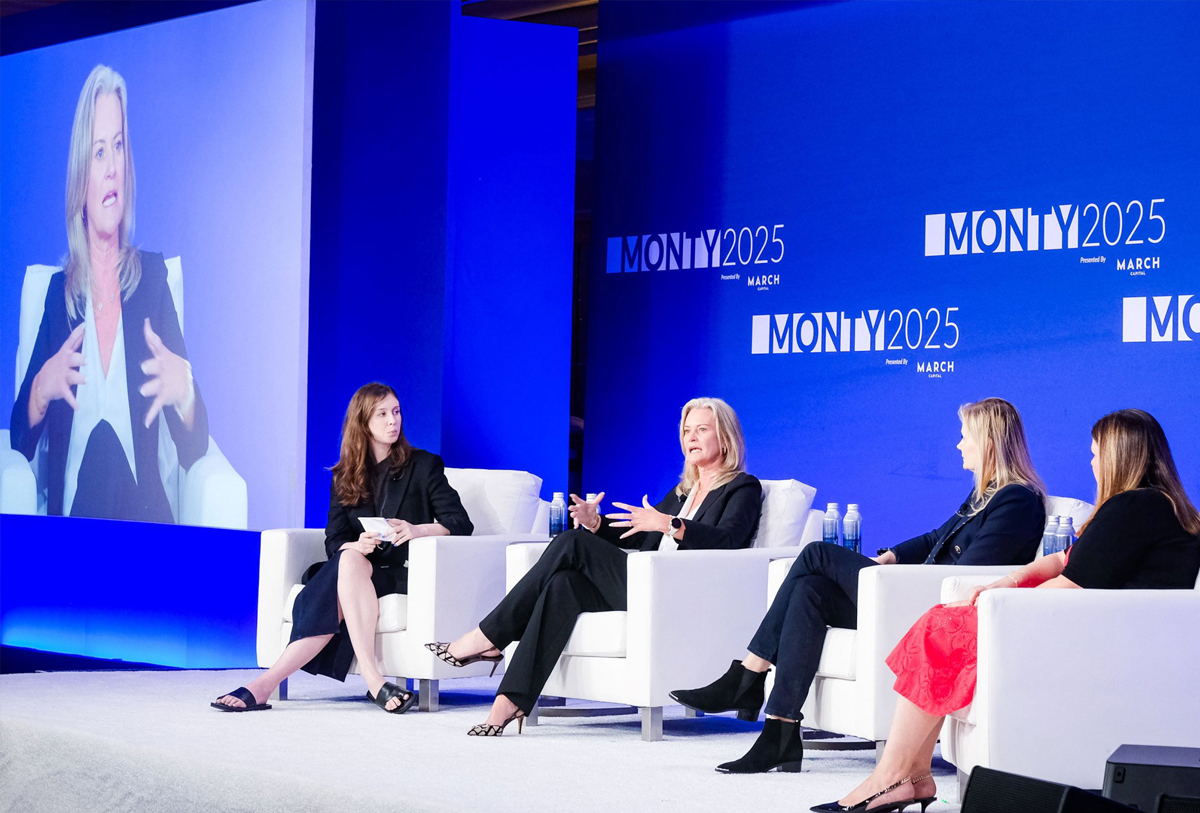
At the 2025 Montgomery Summit in Los Angeles, a panel featuring three veteran tech CMOs, Johanna Flower, Jennifer Johnson, and Denise Persson, sat down to talk go-to-market strategies, AI, and team scaling. But one point kept coming up time and again: misalignment in the C-suite.
“For many CEOs, it’s a black box, and it costs money,” said Johanna Flower, the first CMO at CrowdStrike, who helped lead the company through its 2019 IPO and scale it to over $4 billion in revenue.
That “black box” analogy might feel familiar. Especially to founders and CEOs who hire their first real CMO, then wonder why results don’t immediately show up in the pipeline.
One of the most common mistakes? Hiring a high-level marketing leader and then keeping them at arm’s length.
“One of the mistakes I see founders making is that they hire a marketing person and then they don’t spend enough time with them,” said Jennifer Johnson, a four-time CMO who also served in the top marketing role at CrowdStrike after Flower.
That distance can stall momentum before it even starts. “They don’t let the marketing person truly understand the vision, where we’re going as a company, where can we be successful, what are we disrupting,” she explained. “The marketer needs to know that in order to really facilitate creating the right market positioning.”
For tech CMOs, positioning is often the first and most urgent task. But doing it right requires deep alignment with the CEO, not just access to the brand guidelines.
Marketing leaders can’t operate in a vacuum, particularly when it comes to defining a company’s market identity.
“What problem are you ultimately solving?” Johnson posed. It’s not just about features or pricing. Tech CMOs need to understand the business problem the company is addressing, and that answer has to come from the very top.
This is where many startups go wrong. Instead of aligning on a clear narrative early, they delay the work. Then it comes back to bite them during late-stage fundraising or IPO preparation.
“Drafting your S1 is not the time to figure out your positioning,” said Denise Persson, CMO of Snowflake, which has grown into a $3.6 billion cloud data platform under her leadership.
This lack of early narrative clarity slows growth and leads to confusion in the market. Persson stressed that building the story is not just the marketer’s job; it’s a shared responsibility.
“It’s actually the entire company and the entire leadership team’s role to help the CMO get that story right,” added Johnson.
Another misconception that tech CMOs are pushing back on? The idea that friction between sales and marketing is productive.
“It’s a very, very stupid idea,” said Johnson. “You start having that misalignment, and then someone will be fired, usually the marketer.”
The implication for CEOs is clear: alignment starts at the top. If the sales and marketing teams are pulling in different directions, the real issue might be poor executive leadership, not poor performance.
Tech CMOs operate best when the silos come down. But that alignment doesn’t happen automatically. It has to be facilitated, nurtured, and modeled by the CEO.
The conversation at the summit revealed something deeper: a cultural lag in how CEOs view marketing, especially in technical or product-driven organizations.
Many still see it as a cost center or a communications engine. In reality, today’s tech CMOs are deeply involved in company strategy, from identifying market fit to defining customer segments and enabling revenue growth across every touchpoint.
But they can only deliver if they’re embedded early and empowered fully.
The tech CMOs on stage were not just warning CEOs, they were issuing a call to recalibrate. To stop viewing marketing as a support function and start seeing it as a driver of enterprise value.
The next generation of tech companies will be built not just on code, but on clarity of message, mission, and market.
That clarity doesn’t come from a one-off hire. It comes from strong partnerships between CEOs and tech CMOs who operate on equal footing, driving the company forward together.
As Johnson, Flower, and Persson made clear: hire the CMO, yes, but then do the real work to set them up to win.
Because if your CMO is flying blind, the whole company might be too.
Share this article: